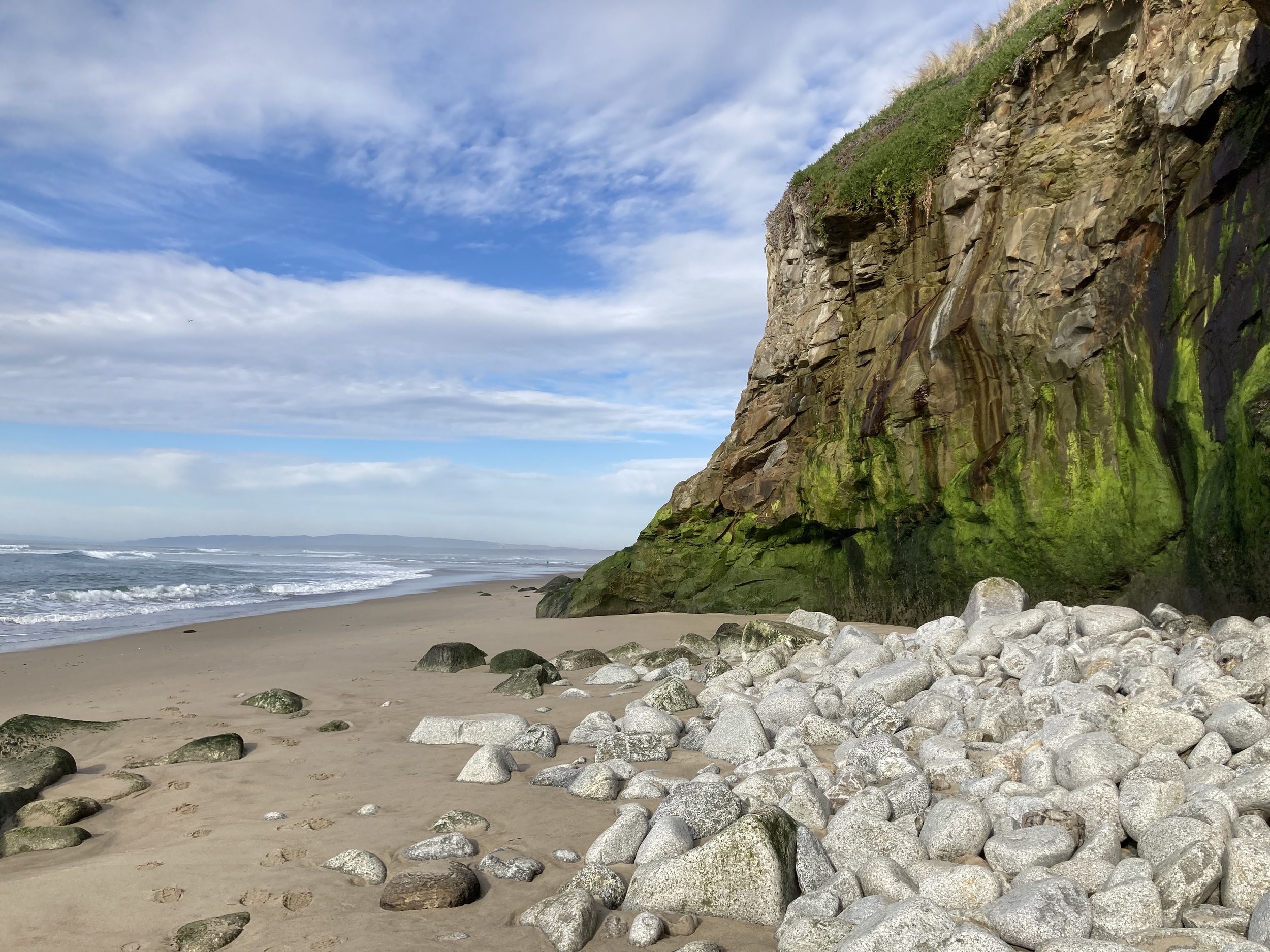The first Earth Day was celebrated 50 years ago on April 22, 1970. It was founded by Gaylord Nelson, a US Senator from Wisconsin, after he witnessed the impact of a massive oil spill in Santa Barbara, California. At that time it was the largest oil spill in US history and still ranks at number 3, behind only the Deepwater Horizon and Exxon Valdez oil spills. It was Mr. Gaylord’s vision to have a “national teach-in on the environment” and energize the public to protect the environment by addressing water and air pollution concerns. Over 20 million Americans participated in that first Earth Day celebration uniting many in a common cause that had been previously fragmented over several specific environmental concerns.
This year, Earth Day celebrations will focus on restoring our Earth and the steps needed to continue on a new path. As we are returning back to activities put on hold with the pandemic, it is imperative that we explore and acknowledge how we have impacted this planet we live on. It is time to reflect and think about how we want the world we live in to look and to function. It is time to discuss ideas of how change might look for everyone and how it can happen, even if only one step at a time. It is time we come together in cooperation.
Some of these discussions may be challenging, some of the choices difficult but it is necessary to make the time, to have the discussions, to become educated and make the choices. The reality is, we have been blessed to live in this world we have been gifted, with its many natural wonders and incredible resources. With that gift, we have also been given a responsibility. The responsibility to take care of it so that our grandchildren’s great-grandchildren will have a place to call home. No matter where you are we ask you to join us in this effort because you can make a difference with your choices and together we can save our beautiful home we call Earth.
There are three days of virtual events planned to begin these discussions and explore some of the issues beginning on 4/20/21 at EarthDay.org and sbearthday.org. Locally, the Lompoc-Vandenberg chapter of AAUW is hosting a panel discussion of the impacts of climate on our valley on 4/22 via Zoom at 6:30PM. We invite you to attend at least one of these many opportunities via the links below, to learn more about how you can make a difference for Mother Earth because together we can.
Sources-
https://lompocvandenberg-ca.aauw.net
https://us02web.zoom.us/meeting/register/tZwrc-igrzooG92GTZo5trXMbyc4hhLtLeEH
https://en.wikipedia.org/wiki/1969_Santa_Barbara_oil_spill


